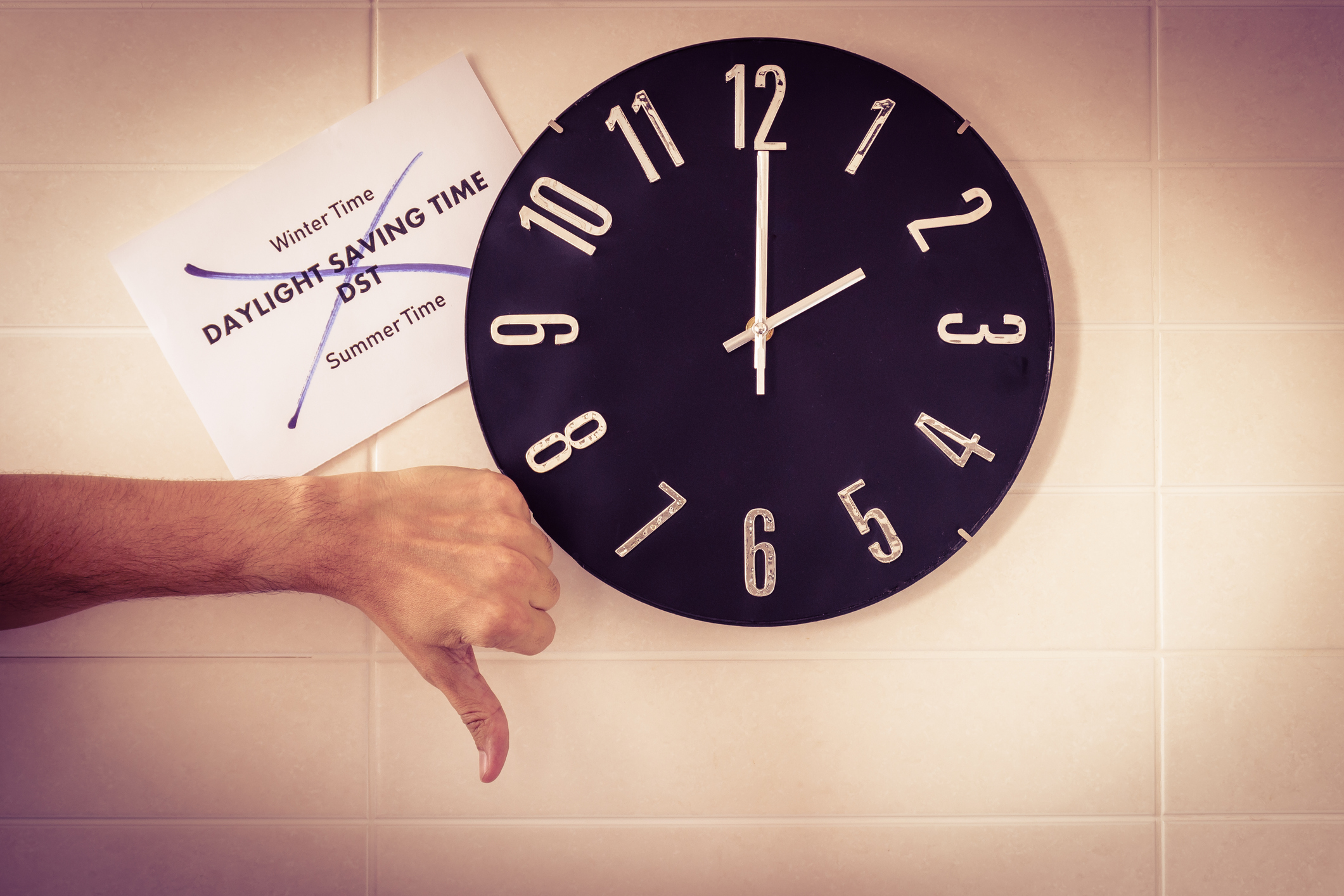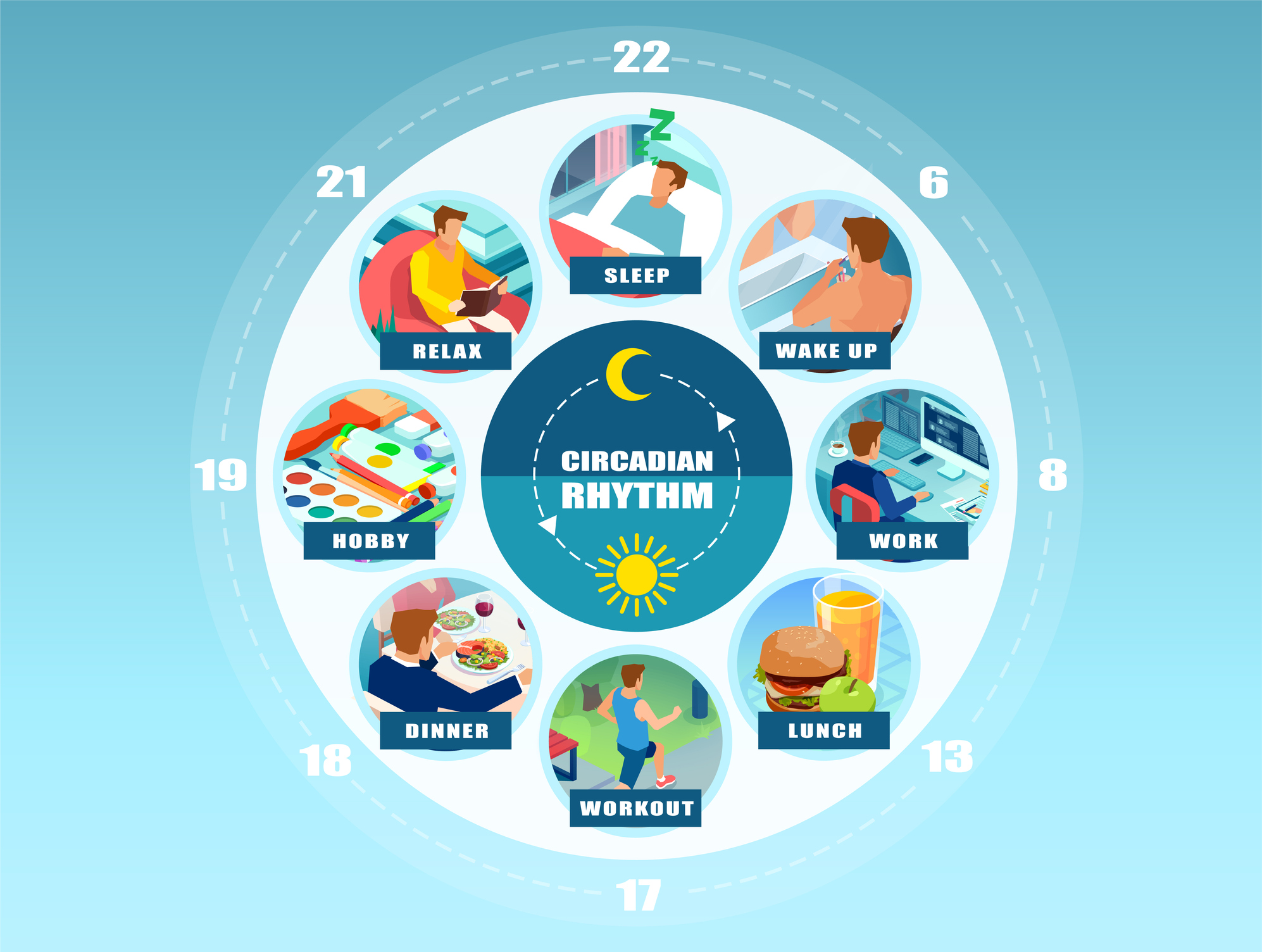
Credit: Luis GA.
On March 10 at 2 a.m., our clocks will finally spring forward by one hour, giving us an extra hour of sunlight in the evening. The winter can be psychologically and emotionally taxing, with extreme cold, snow, and only about 10 hours of daylight. However, we see the literal and figurative light at the end of the tunnel, with the extra daylight conjuring up the hopes of spring.
In recent years, there’s been an increase in media buzz surrounding daylight savings time, its purpose, and whether or not the United States should do away with it. It seems the majority of Americans want to put an end to the biannual changing of the clocks; according to a survey conducted by an electrical company called Payless Power, 74% of its participants support the elimination of daylight saving time. Florida senator Marco Rubio has also introduced (and reintroduced) the Sunshine Protection Act to Congress yearly since 2018, with no success. Despite the bill’s bipartisan support, it has died in the committee every year.
The intense debate surrounding daylight savings time leads us to question why daylight savings time was initially implemented. What is the true history behind changing the clocks? Is it still necessary?
There’s a common misconception that daylight savings originally began to give American farmers an extra hour of sunlight in the morning to tend to their crops. The truth is that it was created to save money and energy. In a satirical essay in the Journal de Paris, Benjamin Franklin suggested that Parisians change their sleep schedules to save money on candles and lamp oil. It was first implemented in Germany in 1916 during World War I as a means to save energy during wartime but was repealed a year later. Likewise, the U.S. adopted permanent daylight savings time during the energy crisis of 1973 in response to the oil embargo.

Vector infographic of a circadian rhythm and daily routine of a young man. Credit: elenabs
Daylight savings time has been a tradition we may have begrudgingly accepted for years, but there are concerns regarding the effect on our internal clocks.
According to the director of the Rutgers Environmental and Occupational Health Institute and chair of the Environmental and Occupational Health Department at the Rutgers School of Public Health, Helmut Zarbl, in an article with Rutgers Health, “Changing sleep-wake cycles by an hour has an effect on our circadian clock. Since light is normally a key regulator of our biological clock, the change will shift the phase of our rhythm from that of the central pacemaker.” Zarbl also mentions that daylight savings results in a higher rate of automobile and workplace accidents, and some studies have suggested a slight increase in heart attacks and stroke,
However, Kenneth Wright, a sleep researcher at the University of Colorado, advocates for the darker evenings in the winter. However, he says the United States should ultimately eliminate the time change. Still, we should be following standard time, not daylight savings time.
According to Wright, more sunlight in the evening sacrifices morning light, making morning commutes more dangerous; this would mean tired drivers, icier roads, and children walking to school in the dark. Extra sunlight at night, he says, signals to our circadian rhythms that we should sleep later and, thus, wake up later. “Later sleep timing is associated with more substance use and physical and mental health problems, including obesity, depression and heart disease.”
Whether you hate the darkness brought by daylight savings time or couldn’t care less, the debate rages on. Nevertheless, our clocks will all spring forward on March 10!
This article was written by OPOC Intern Emily Ranieri.

